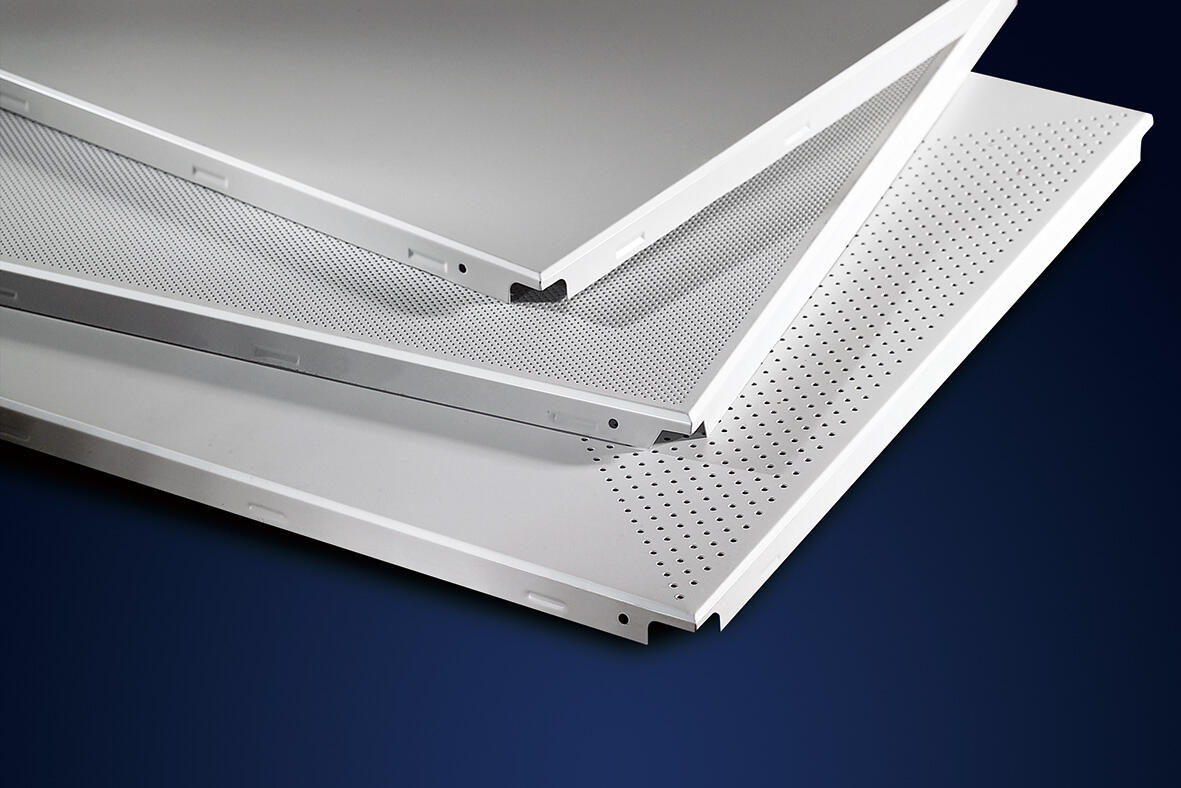Revolutionizing Modern Architecture with Sustainable Overhead Solutions
The architectural landscape is experiencing a remarkable transformation as metal ceilings emerge as a cornerstone of sustainable building design. These innovative overhead systems represent far more than just an aesthetic choice – they embody the perfect fusion of functionality, environmental consciousness, and cutting-edge design principles. As the construction industry pivots towards more sustainable practices, metal ceilings are proving to be an invaluable asset in creating buildings that stand the test of time while minimizing environmental impact.
The evolution of architectural materials has led to metal ceilings becoming increasingly sophisticated, offering solutions that address multiple aspects of modern building requirements. From their exceptional durability to their impressive recyclability, these systems are reshaping how architects and designers approach sustainable construction. This shift towards metal ceilings represents a significant step forward in the industry's commitment to environmental stewardship.
Environmental Benefits of Metal Ceiling Systems
Superior Recyclability and Material Conservation
Metal ceilings stand out in the construction industry for their remarkable recyclability. Unlike traditional ceiling materials that often end up in landfills, metal ceiling components can be recycled repeatedly without losing their essential properties. This characteristic significantly reduces the construction industry's environmental footprint, as metal ceilings can be melted down and reformed into new products with minimal waste.
The manufacturing process of metal ceilings also demonstrates impressive resource efficiency. Modern production techniques have been optimized to minimize material waste, and many manufacturers now incorporate recycled content into their new ceiling products, creating a closed-loop system that benefits the environment.
Energy Efficiency and Climate Control
Metal ceilings play a crucial role in building energy efficiency. Their reflective properties can significantly reduce the need for artificial lighting, while their thermal properties contribute to better temperature regulation. When properly installed, these systems can help decrease heating and cooling costs by creating an effective barrier against heat transfer.
Additionally, metal ceiling systems can be integrated with various sustainable technologies, such as radiant heating and cooling systems, further enhancing their energy-saving potential. This integration capability makes them an ideal choice for buildings aiming to achieve high energy efficiency ratings.

Design Versatility and Aesthetic Appeal
Contemporary Finishes and Patterns
Modern metal ceilings offer an extensive range of finishes and patterns that cater to diverse architectural visions. From sleek, minimalist designs to intricate geometric patterns, these systems provide architects with the creative freedom to achieve their desired aesthetic while maintaining sustainability principles. The variety of available finishes includes brushed, polished, perforated, and textured surfaces, each bringing its unique character to the space.
The visual adaptability of metal ceilings extends to color options as well. Advanced coating technologies allow for virtually any color or finish to be applied while maintaining the material's sustainable properties. This versatility ensures that sustainable design never comes at the cost of visual appeal.
Integration with Modern Architecture
Metal ceilings seamlessly integrate with contemporary architectural elements, creating cohesive designs that enhance the overall building aesthetic. Their clean lines and modern appearance complement other sustainable building features, from solar panels to green walls, creating harmonious spaces that exemplify modern sustainable architecture.
The ability to incorporate various lighting systems, HVAC components, and acoustic solutions makes metal ceilings highly practical while maintaining their design integrity. This integration capability ensures that functionality and aesthetics work together seamlessly.
Long-term Performance and Maintenance
Durability and Longevity
One of the most compelling aspects of metal ceilings is their exceptional durability. These systems can last for decades with minimal maintenance, significantly reducing the need for replacement and the associated environmental impact. Their resistance to moisture, fire, and pest infestation makes them a reliable choice for long-term installation.
The structural integrity of metal ceilings remains consistent over time, preventing sagging or warping that commonly affects other ceiling materials. This stability ensures that the initial investment in metal ceiling systems pays off through reduced maintenance and replacement costs over the building's lifetime.
Easy Maintenance and Cleaning
Metal ceilings require minimal maintenance effort while maintaining their appearance and performance. Their smooth surfaces resist dust accumulation and can be easily cleaned with standard methods, reducing the need for harsh cleaning chemicals that could harm the environment.
The durability of metal ceilings also means less frequent repairs or replacements, resulting in reduced waste and lower maintenance costs over time. Their resistance to staining and discoloration ensures that they maintain their aesthetic appeal with simple, routine care.
Frequently Asked Questions
How do metal ceilings contribute to LEED certification?
Metal ceilings contribute to LEED certification through their recyclable content, energy efficiency properties, and long lifespan. They can help earn points in multiple categories, including Materials and Resources, Indoor Environmental Quality, and Energy and Atmosphere.
What makes metal ceilings more sustainable than traditional options?
Metal ceilings are more sustainable due to their 100% recyclability, long lifespan, low maintenance requirements, and energy-efficient properties. They reduce waste, require fewer replacements over time, and can be integrated with various sustainable building systems.
Are metal ceilings cost-effective in the long run?
While the initial investment in metal ceilings might be higher than traditional options, they prove more cost-effective over time due to their durability, low maintenance requirements, energy efficiency benefits, and long lifespan. The reduced need for replacement and repairs makes them an economically sustainable choice.


